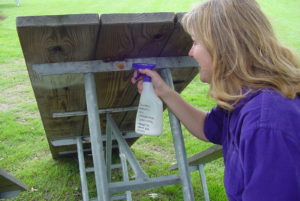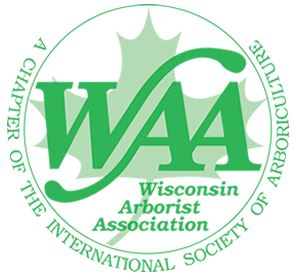By Jeff Roe, Urban Forestry Team Leader, Madison, Jeffrey.Roe@wisconsin.gov, 608-535-7582
I am very pleased to announce that Patricia Lindquist has accepted the Urban Forestry Communications and Outreach positions in our program. Patricia’s first day was on October 14, and she is based in Madison. She is very excited to be joining our team and working with all of you.
Nicknamed “woodsy girl” in college by her Austrian host family, Patricia has loved spending time in nature since childhood. After receiving a bachelor’s degree in landscape architecture from UW-Madison, she spent six years working in urban forestry education and outreach at two local nonprofits, Community GroundWorks and Urban Tree Alliance. In her free time, Patricia can be found running, hiking, gardening, and traveling to the far corners of the globe with her trusty backpack.
She can be reached at patricia.lindquist@wisconsin.gov and 608-843-6248.





